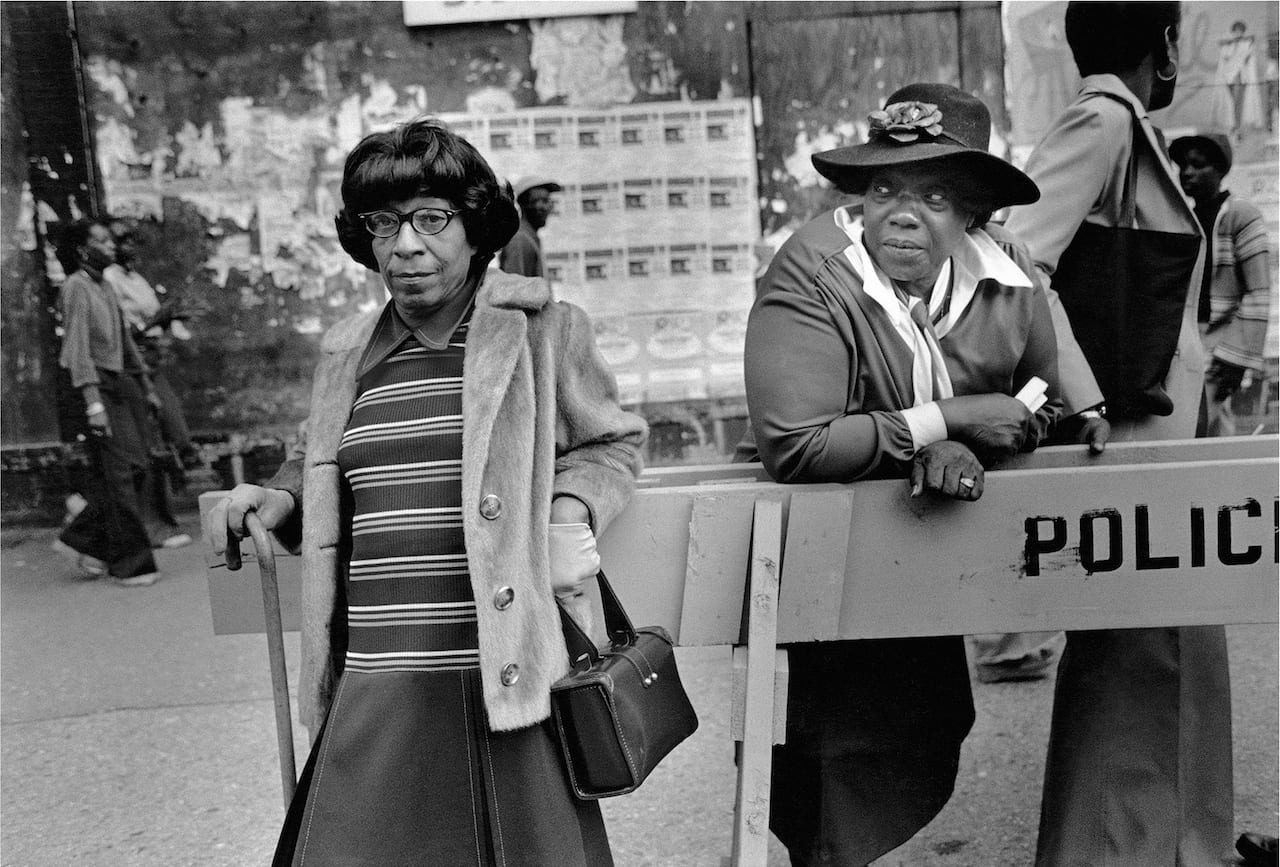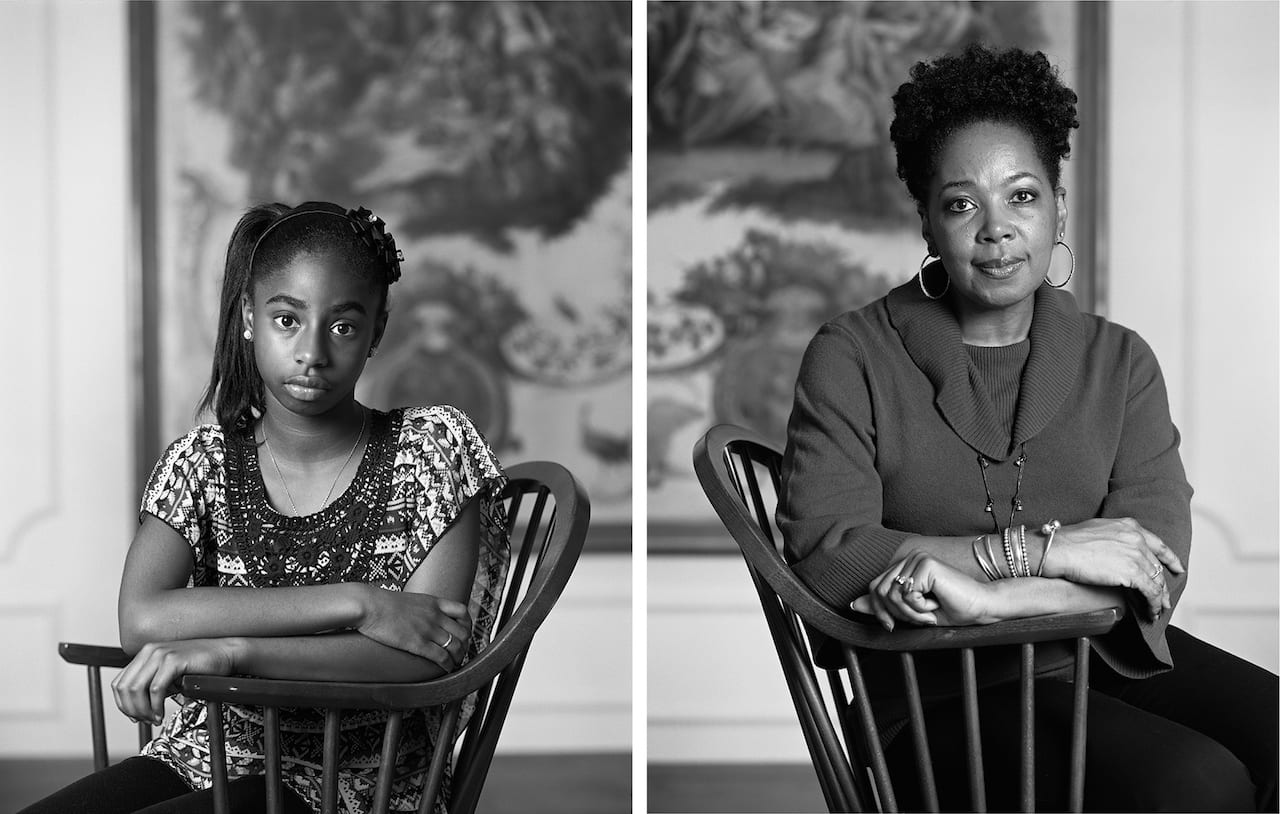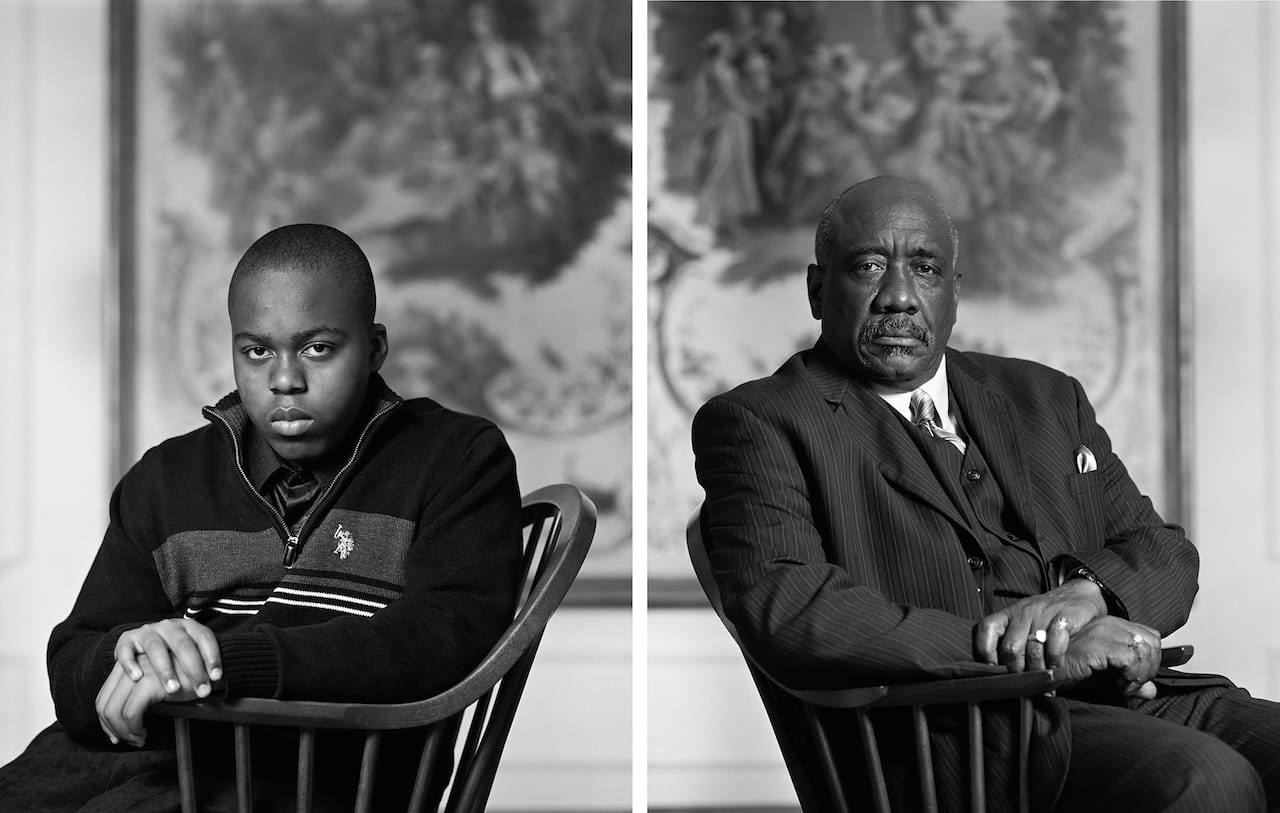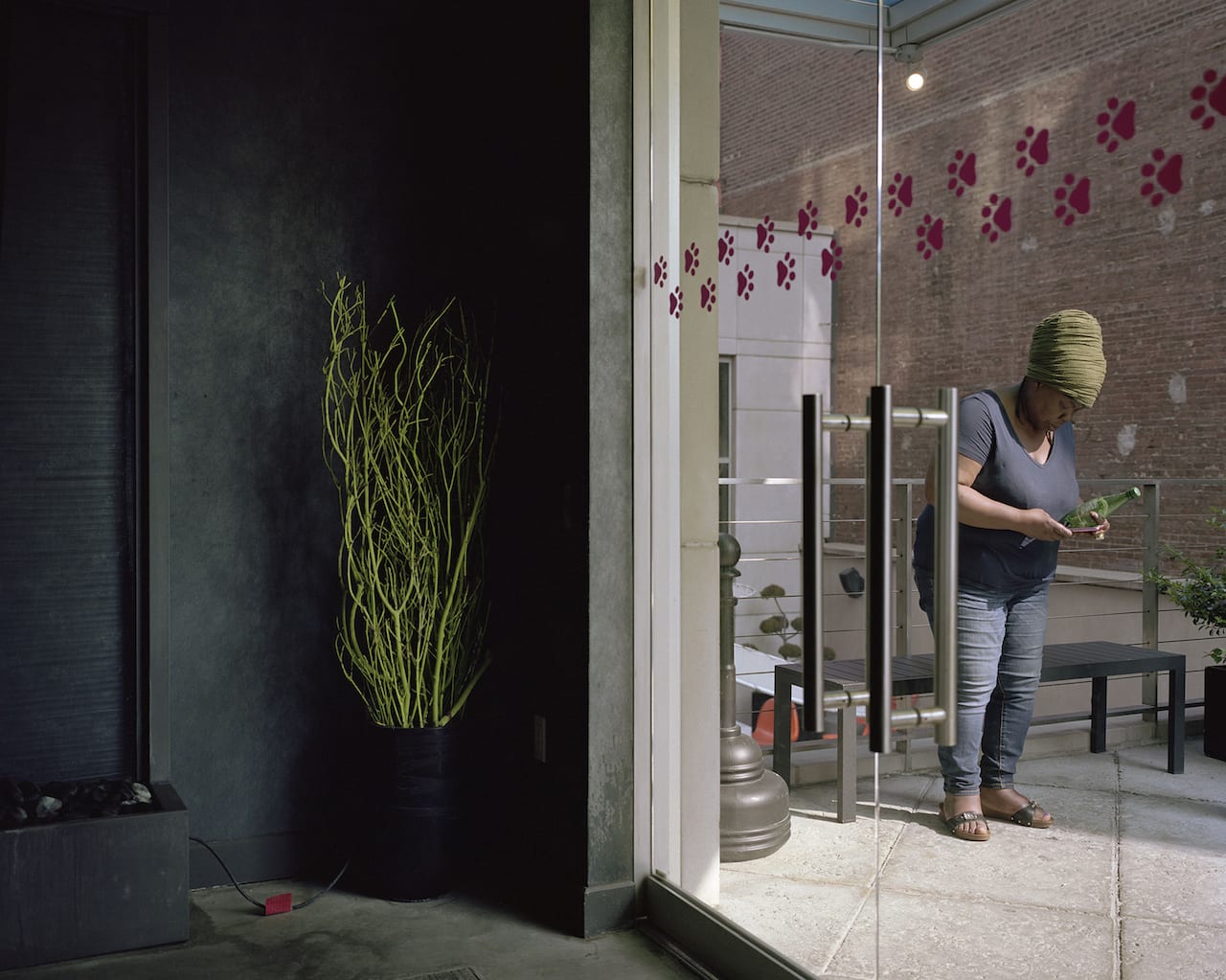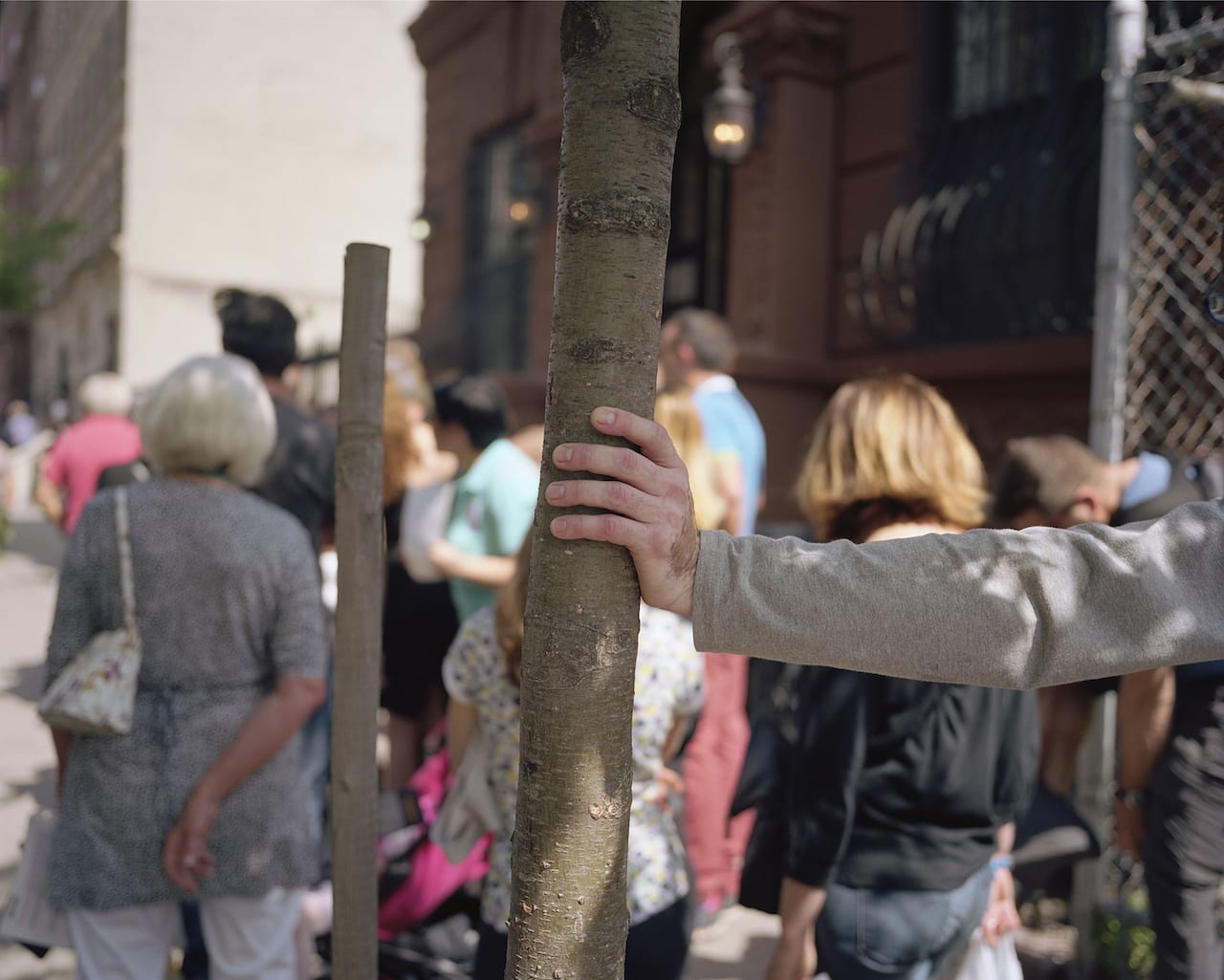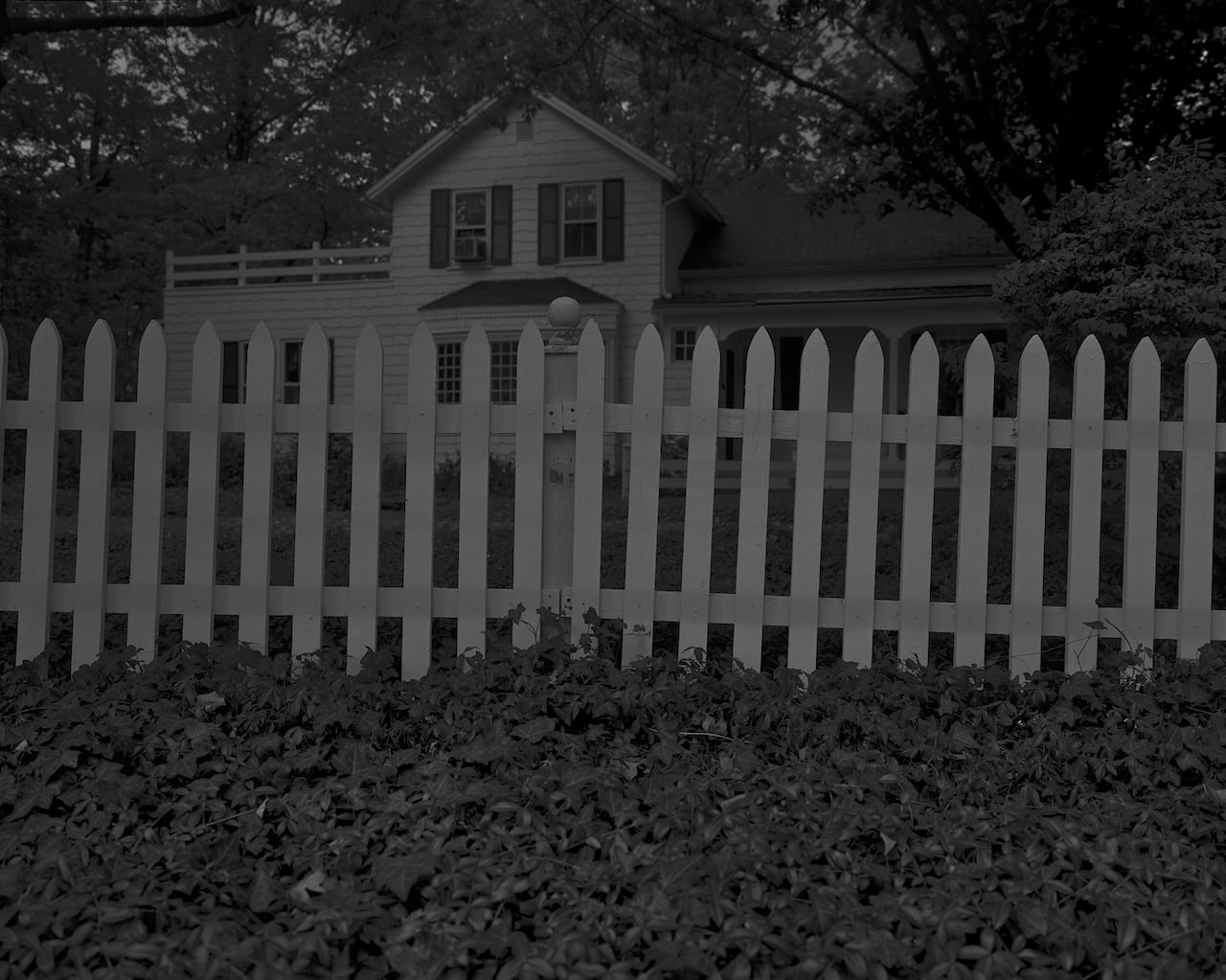For over 40 years, American photographer Dawoud Bey has been photographing people from groups too often marginalised in the USA, seeking out stories overlooked by conventional and stereotypical portrayals.
Born and raised in New York, Bey began his career in 1975 at the age of 22. For five years he documented the neighbourhood of Harlem – where his parents grew up, and which he often visited as a child – making pictures of everyday life. This series, along with three more of his projects, is on show this month at the Stephen Bulger Gallery in Toronto, Canada.
The exhibition also includes The Birmingham Project, which commemorates the tragic death of six young African-Americans, aged 11 to 16, in Birmingham, Alabama, in 1963. Four of the victims were killed in a church-bombing, the other two several hours later in a street shooting related to the attack. 50 years after the tragedy, Bey produced 16 diptychs, made up of 32 paired portraits of current members of the church. The age of his subjects correspond to either the age of the children in the 1963 attacks, or to how old they would have been if they’d survived.
Also on show is Bey’s most recent series, Night Coming Tenderly, Black, which reimagines the movement of fugitive slaves in the 19th century through the Ohio landscape to the free states and Canada via the Underground Railway. Harlem Redux is also part of the exhibition, a project in which Bey returned to his first photographic subject 40 years later and with colour film.
Dawoud Bey: Places in History will be on show at the Stephen Bulger Gallery till 22 December 2018 www.bulgergallery.com/exhibitions/14/overview/
